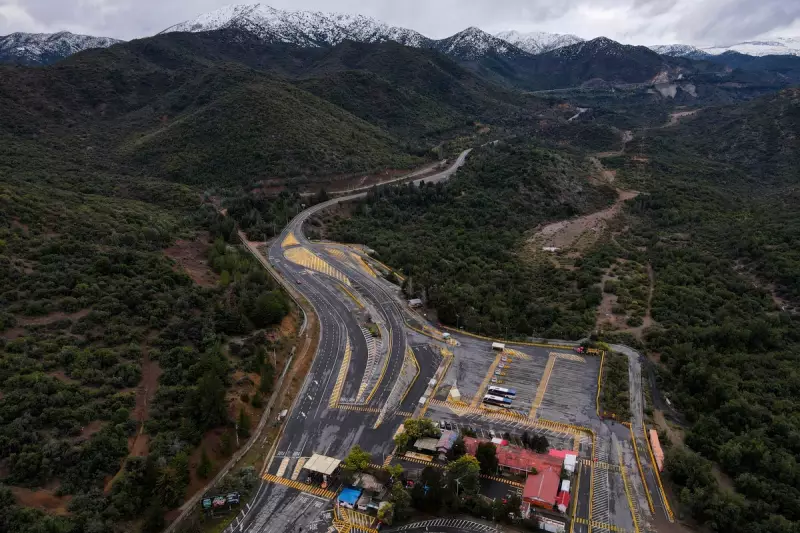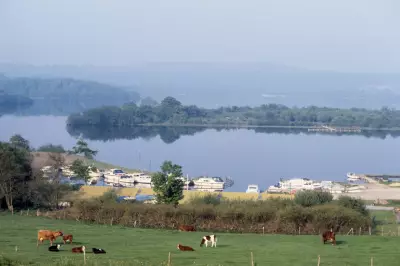
In an unprecedented move, Bogotá, Colombia’s sprawling high-altitude capital, is exploring a controversial proposal to extend its jurisdiction all the way to the Pacific Ocean. The ambitious plan, championed by Mayor Carlos Fernando Galán, would see the city’s borders stretch over 400 kilometres west, beyond the towering Andes Mountains, to incorporate a slice of coastline near Buenaventura.
A Vision for Connectivity
The proposal aims to transform Bogotá into a "bipolar city," connecting the inland metropolis of 8 million people with Colombia’s strategically vital Pacific coast. Supporters argue this would boost economic development, improve access to global trade routes, and reduce dependency on existing port cities.
Geographical and Political Challenges
However, the plan faces significant hurdles. The proposed corridor would need to traverse three departments (Cundinamarca, Tolima, and Valle del Cauca) and cross the formidable Andes – a mountain range reaching over 4,000 metres in altitude. Critics question both the logistical feasibility and political viability of such a massive administrative restructuring.
Environmental Concerns
Ecologists have raised alarms about potential damage to fragile Andean ecosystems and the biodiverse Pacific region. The proposed expansion could threaten critical habitats and increase deforestation pressures along the route.
Historical Precedents and Local Opposition
While Bogotá’s proposal is unique in scale, it follows similar (though smaller) territorial expansions by cities like Santiago de Cali. Local leaders in Valle del Cauca department have already voiced strong opposition, viewing the plan as an overreach by the capital city.
As debates continue, the fate of this bold urban vision remains uncertain. The proposal would require approval from Colombia’s Congress and potentially a constitutional amendment, setting the stage for a complex political battle in coming years.





